Chapter 20: Crustaceans
1/96
There's no tags or description
Looks like no tags are added yet.
Name | Mastery | Learn | Test | Matching | Spaced |
|---|
No study sessions yet.
97 Terms
What is the Latin root of the word "crustaceans"?
"shell."
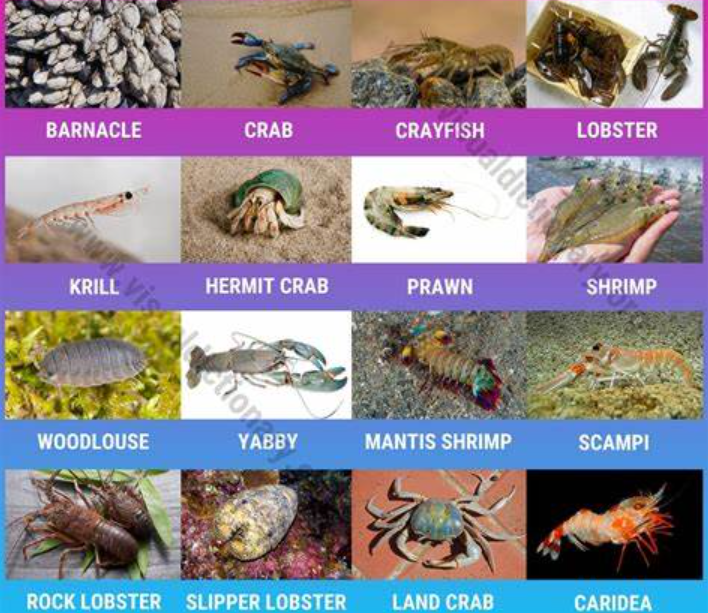
How many species of crustaceans have been described so far?
Around 67,000 species; crustaceans control the water
pairs of antennae do crustaceans have?
Two pairs of antennae.
mouthparts in crustaceans?
One pair of mandibles.
pairs of maxillae do crustaceans have?
Two pairs of maxillae.
respiratory organs in crustaceans
Gills.
How many segments do crustaceans typically have?
A large number of segments, which is ancestral to the group.
What is the cephalothorax in crustaceans?
Some thoracic segments are fused with the head
What is the hard covering many crustaceans have?
carapace
What is the composition of the covers crustaceans' bodies?
The cuticle is made of chitin, protein, and calcium carbonate.
characteristic of the cuticle at joints in crustaceans?
soft and thin at the joints to allow movement.
a dorsal plate covers segment not enclosed by carapace
called a tergum.
transverse bar that covers each segment of a crustacean
called a sternum.
Where do female crustaceans deposit sperm?
in the gonopores for sperm deposition
Exites and Endites
respectively lateral and medial processes, an epipos is a specialized exite modified as a gill
Uropod
tail fin
What is the hemocoel in crustaceans?
is a persistent blastocoel
type of muscles are found in crustaceans?
have striated muscles oriented in antagonistic groups.
function of flexor muscles in crustaceans?
draw a part towards the body
function of extensor muscles in crustaceans?
extend the part outward
How does gas exchange occur in small crustaceans?
occurs across thin areas of the cuticle.
How does gas exchange occur in larger crustaceans?
have gills, usually internal, very delicate
What type of circulatory system do crustaceans have?
Open system, hemolymph returns to venous sinuses, valves in arteries prevent backflow
What affects the color of crustacean hemolymph?
Depending on respiratory pigment, may be colorless, reddish, or bluish
Dorsal heart
chief propulsive organ of circulatory fluid
What type of excretory system do crustaceans have?
have a pair of tubular antennal or maxillary glands, depending on where they open.
How is nitrogenous waste excreted in crustaceans?
is excreted across the cuticle and gills.
Nervous & Sensory Systems in Crustaceans
Similar to annelids.
Brain consists of a pair of supraesophageal ganglia.
Connects to the subesophageal ganglion to innervate the face.
Sensory Organs in Crustaceans
Eyes: Made of ommatidia, creating a mosaic or apposition image.
Statocysts: Contain statoliths for balance.
Tactile Hairs: For touch perception.
Sexes & Copulation in Crustacean
Most have separate sexes.
Highly specialized structures for copulation.
Parthenogenesis on Crustacean
Some parthenogenetic
Egg Brooding
Most brood their eggs
Development
Some have direct development
others mutliphasic life cycles
Larval Stage
Ancestral and most widely occurring larvae is a nauplius
Molting Process on Crustacean
The process of shedding the cuticle for growth or because of wear
Structure of the Cuticle on Crustacean
Epicuticle: outermost, lipid impregnated protein
Procuticle: bulk of cuticle, several layers
Endocuticle: innermost
Principal Layers on Crustacean
Chitinous principal layer
Uncalcified membranous layer
Instars on Crustacean
Intermolt phases
Separation of Old Procuticle
separates from epidermis
Premolt Phase in Crustaceans
new exocuticle secreted
molting fluid dissolves endocuticle
Discarding Old Layers in Crustaceans
Old epicuticle and exocuticle are discarded
New Cuticle Formation in Crustaceans
is stretched and unfolded.
endocuticle secreted
Environmental Stimuli in Crustaceans
Molting is usually triggered.
X-Organ Function in Crustaceans
stop the production of molt inhibiting.
Y-Organ and Molting Hormone in Crustaceans
Promotes release of molting hormone from the Y-organs, which lie near mandibles, initiate molting
Androgenic Glands in Crustaceans
Found in some males, but not females.
Lead to development of secondary sexual characteristics in males.
Feeding Specialization on Crustacean
show great feeding specialization, but all use a fundamental set of mouthparts.
Feeding Types on Crustacean
Predators: Eat larvae, worms, other crustaceans, snails, and fish.
Scavengers: Consume detritus and dead animals.
Suspension Feeders: Filter plankton and bacteria.
Crayfish Stomach
have a two-part stomach with a gastric mill.
gastric mill shreds food
Mantis Shrimp
Specialized digit for piercing or smashing prey.
Pistol Shrimp
Chelae can be cocked like a hammer.
second fastest animal motion recorded.
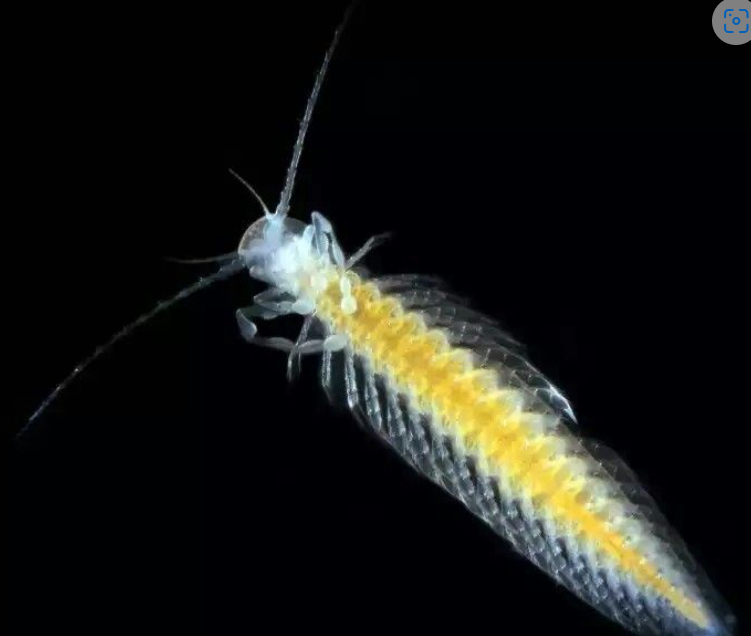
Overview Class Remipedia
Only about ten species
Body Structure Class Remipedia
25 to 38 trunk segments, all identical.
Paired, biramous swimming appendages.
Antennules and Feeding Class Remipedia
Antennules are biramous.
Maxillae and maxillipeds are prehensile and adapted for feeding.
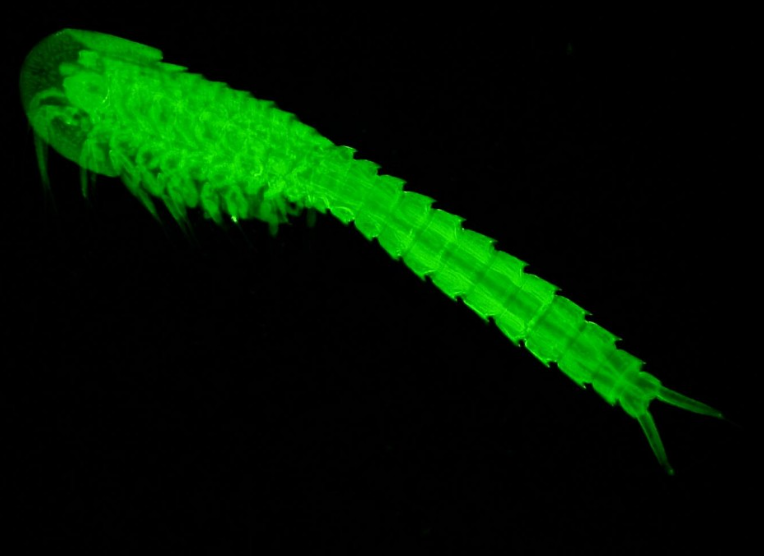
Cephalocarida Overview
9 species
2 to 3 mm long
Habitat & Anatomy class Cephalocarida
Live in sediment
No eyes
No carapace
No abdominal appendages
Limbs class Cephalocarida
Thoracic Limbs: All similar
Second Maxillae: Similar to thoracic limbs
Reproduction class Cephalocarida
True hermaphrodites
Eggs and sperm released through a common duct
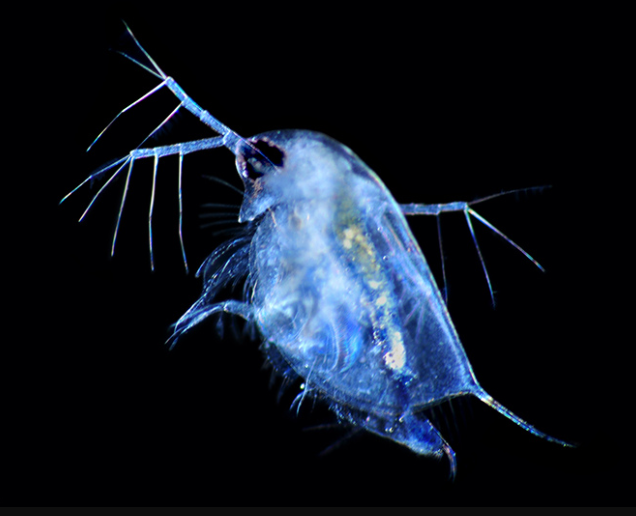
Overview Class Branchiopoda
10,000 species
Anostraca: fairy shrimp
Notostraca: tadpole shrimp
Diplostraca: water fleas
Anatomy & Habitat Class Branchiopoda
Flattened, leaflike phyllopodia (serve as respiratory organs)
Mostly freshwater
Life Cycle & Ecological Role Class Branchiopoda
Many species have complex life cycles with extensive periods of dormancy
Important components of food webs
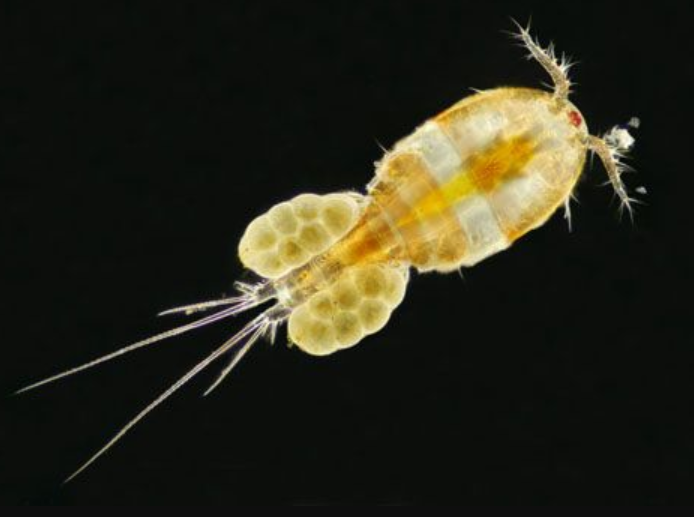
Overview Class Maxillopoda
10,000 species
Five cephalic segments
Six thoracic segments
Four abdominal segments (reductions are common)
Unique Features in Class Maxillopoda Nauplii
a maxillopodon eye
Subclasses Class Maxillopoda
Mystacocarida: Tiny, only 10 species
Copepoda: Copepods, very diverse
Tantulocarida: Only 12 species, recently described
Branchiura: Mostly fish ectoparasites
Pentastomida: Formerly a phylum, wormlike
Cirripedia: Barnacles (considered awesome)

Overview Subclass Mystacocarida
Less than 0.5 mm long
Only 10 species
Habitat Subclass Mystacocarida
Live in interstitial spaces in sand
Found worldwide
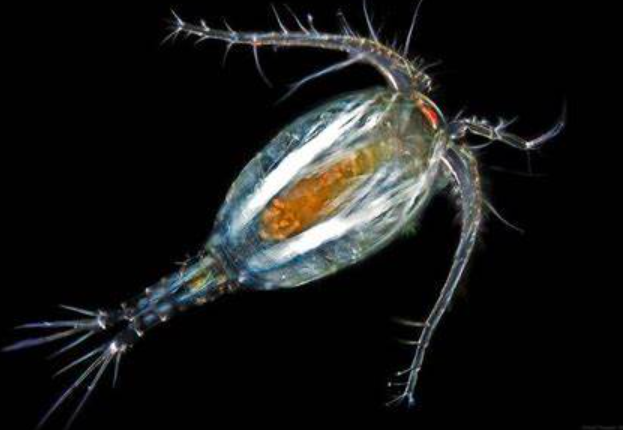
Overview Subclass Copepoda
Very abundant
Usually less than 2 mm in length
Retain their nauplius eye into adulthood
Limbs Subclass Copepoda
Single pair of uniramous maxillipeds
Four pairs of flattened, biramous, thoracic swimming appendages
Fifth Pair of Legs Reduced
Habitat & Behavior Subclass Copepoda
Habitat: Most are free-living, but many are parasitic
Development: Usually direct; some parasitic species have specialized multiphasic life cycles
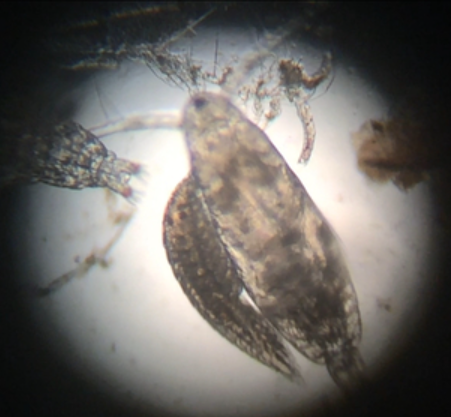
Overview Subclass Tantulocarida
Only described in 1983
About 12 species
Smaller than 0.2 mm
Antennae Subclass Tantulocarida
One pair of antennae on sexual females
Abdomen Subclass Tantulocarida
Juveniles have six or seven abdominal segments
Life Cycle & Behavior Subclass Tantulocarida
Have both a parthenogenetic and sexual life cycle
Tantulus larvae penetrate the host's cuticle via a mouth tube
During metamorphosis to an adult, the abdomen and all thoracic limbs are lost
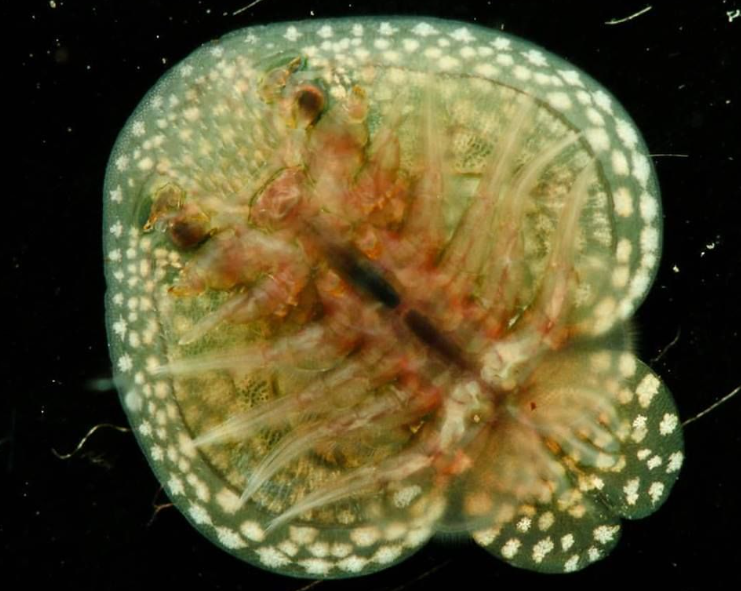
Overview Subclass Branchiura
Small group of mostly fish ectoparasites
Have sucking mouthparts
Anatomy Subclass Branchiura
Carapace: Broad, shieldlike carapace
Eyes: Compound eyes
Thoracic Appendages: Four biramous thoracic appendages
Abdomen: Short, unsegmented abdomen
Second Maxillae: Modified as suction cups
Life Cycle Subclass Branchiura
No nauplius stage, young resemble adults
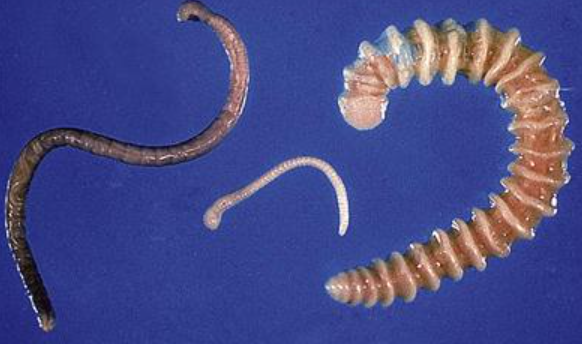
Overview Subclass Pentastomida
130 species
Tongueworms (wormlike parasites)
Up to 13 cm
Mostly lung parasites of vertebrates
Anatomy Subclass Pentastomida
Transverse rings make them look segmented
Nonchitinous, highly porous cuticle; molted periodically during larval stages
Sometimes have five short protuberances on the anterior end
Simple, straight digestive system
No circulatory, excretory, or respiratory organs
Reproduction & Life Cycle Subclass Pentastomida
Separate, with females usually larger than males
Larvae: Ovoid, tailed, with four stumpy legs
Life Cycle: Very complex, with intermediate hosts

Overview Subclass Cirripedia
Barnacles
Sessile as adults
Anatomy Subclass Cirripedia
Carapace: Surrounds the body and secretes a shell of calcareous plates
Head: Reduced
Abdomen: Absent
Thoracic Legs: Long, many jointed cirri with hairlike setae
Cirri: Extended between plates for filter feeding
Reproduction & Development Subclass Cirripedia
Most hermaphroditic, with internal fertilization
Free-living cyprid larvae; attach by their first antennae
Metamorphose into the adult form
Fun Fact Subclass Cirripedia
Barnacles have the longest penis relative to body size of any animal!
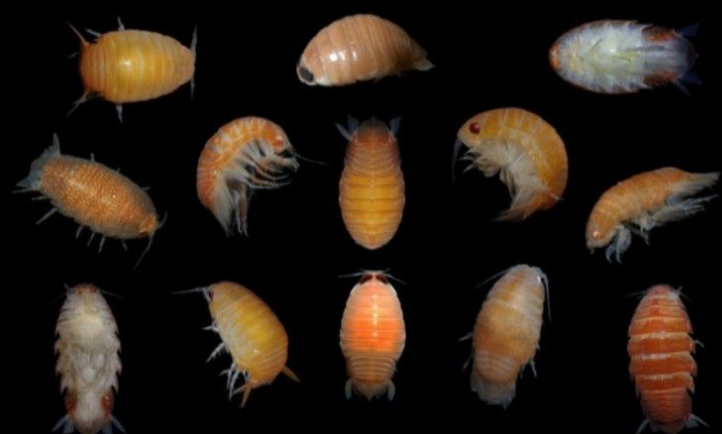
Overview Order Isopoda
Have invaded terrestrial habitats as well as very deep water
Dorsoventrally flattened
No carapace
Sessile compound eyes
Anatomy & Limbs Order Isopoda
Maxillipeds: The first pair of thoracic limbs
Thoracic Limbs: Other limbs lack exopods
Development & Life Cycle Order Isopoda
Usually direct
A few parasitic forms have complex life cycles
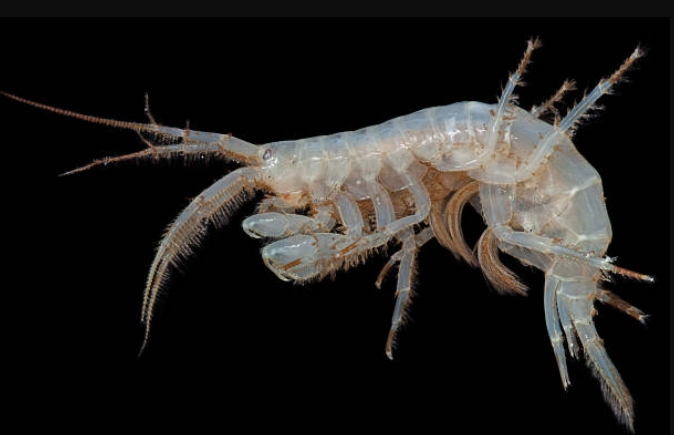
Overview Order Amphipoda
Body Shape: Resemble isopods, but compressed laterally
Gills: Located in the typical Malacostracan thoracic position
Limbs Order Amphipoda
Thoracic and abdominal limbs differ in function
Development Order Amphipoda
Direct, with no metamorphosis
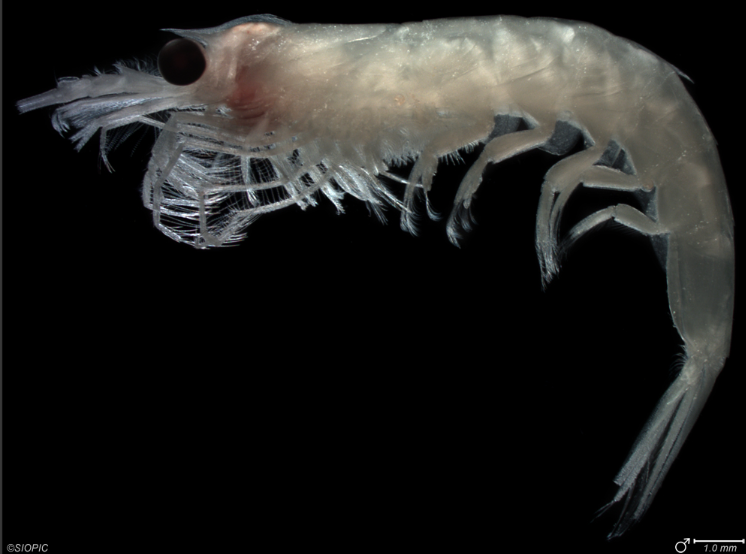
Overview Order Euphausiacea
About 90 species, known as the krill
3 to 6 cm long
Carapace Order Euphausiacea
Fused with all thoracic segments, does not entirely enclose the gills
Limbs Order Euphausiacea
No maxillipeds, but have thoracic limbs with exopods
Bioluminescence in Order Euphausiacea
due to an organ called a photophore
Ecological Importance Order Euphausiacea
Very important to marine food webs

Overview Order Decapoda
About 18,000 species
Limbs Order Decapoda
Three pairs of maxillipeds
Five pairs of walking legs
modified to form chelae (claws)
Largest Arthropod
The Japanese spider crab, which can reach up to 4 meters in size